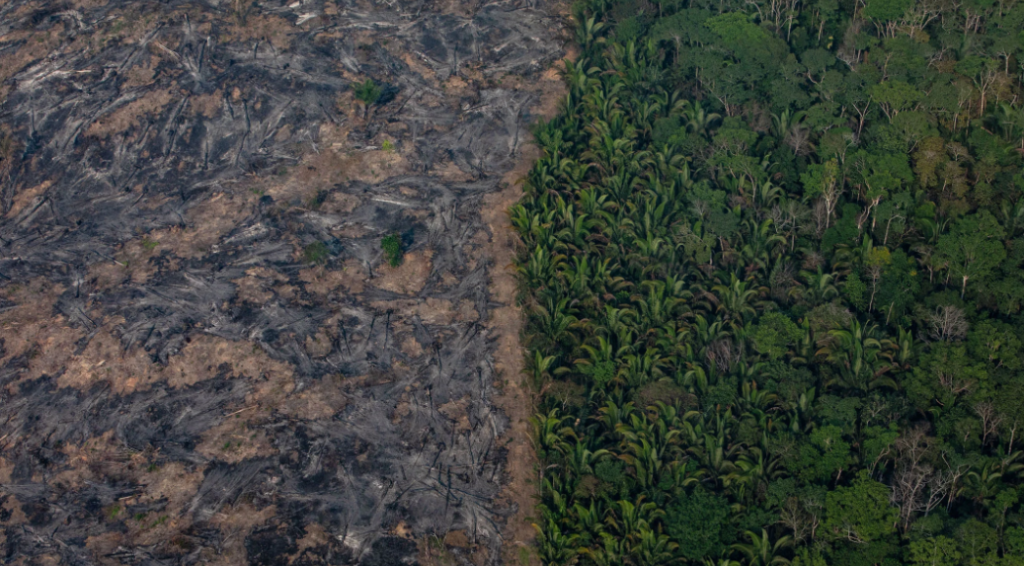
Seven years ago, Susan Cook-Patton was doing her postdoctoral research in forest restoration at the Smithsonian Environmental Research Center in Maryland. She helped plant about 20,000 trees along the Chesapeake Bay. She observed about the trees that “the ones that grew best were mostly the ones we didn’t plant.” She noticed that they’d “grow naturally on the ground” they had “set aside for planting.” She says that “it was a good reminder that nature knows what it’s doing.”
As a result, Cook-Patton believes that what is true for Chesapeake Bay is true for other locations across the planet. She’s now located at the Nature Conservatory. Sometimes, we just need nature the room to grow back naturally. Cook-Patton’s observation is supported by a recent global study that finds the potential for natural forest regrowth to absorb atmospheric carbon and fight climate change has been sorely underestimated.
While it’s true that tree planting is all the rage right now, it may not be the right thing to do. Many nations are undertaking tree planting initiatives. For example, the European Union has promised to plant 3 billion trees under the Green Deal. Planting is widely seen as a vital “nature-based solution” to climate change. It’s supposed to be vital in bringing the world into a zero-carbon economy, but is it really the best option we have?
Let’s be clear here. No one is condemning the act of adding trees to the world’s landscape. However, some critics argue that an aggressive drive to achieve planting targets will provide environmental cover for land grabs to blanket hundreds of millions of acres with monoculture plantations that are not as beneficial to the environment as natural tree growth. Cook-Patton and her colleagues agree that natural forest regrowth is a better solution.
Their study is the most detailed of its kind. It attempts to map where forests could grow back naturally and assesses the potential of those forests to accumulate carbon. The study shows that carbon rates can vary by a factor of hundred depending on climate, soils, altitude, and terrain. Natural regeneration is better for biodiversity and can capture carbon more quickly and more securely than plantations of trees can.
Cook-Patton does agree that, as climate change gathers pace in the coming decades, rates of carbon accumulation will indeed change. Some forests will grow more slowly than others. They may even die out. However, others will grow faster due to the fertilization effect of more carbon dioxide in the air. This is an existing phenomenon known as global greening.
Combining the mapping and carbon accumulation data, researchers estimate that natural forest regrowth could capture in biomass and soils 73 billion tons of carbon between now and 2050. That is equal to seven years of current industrial emissions. This makes natural regrowth ‘the single largest natural climate solution.’
Unfortunately, many nations have data for planting new trees but not for natural regrowth. There seems to be a lack of interest in natural regrowth as a ‘natural climate solution.’ Cook-Patton and her colleagues hope that this opinion will change and believe that their study is a step in the right direction. More data is obviously needed.
We hope you find this article interesting and relevant. With climate change being so talked about and reversing its negative effects so necessary, we will be bringing you more information on this topic in the weeks and months to come. We strive to provide you with the most up-to-date tree news. Thank you for reading.











